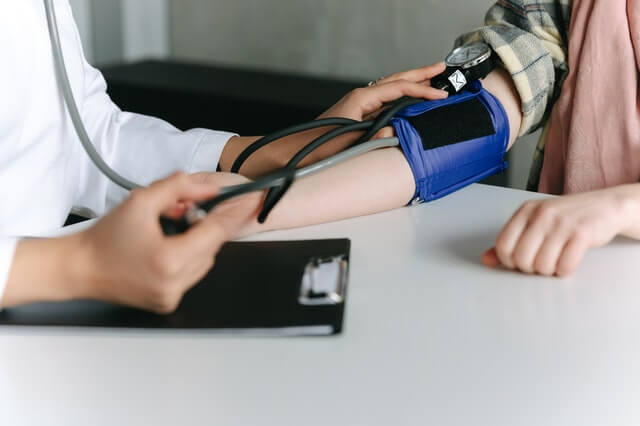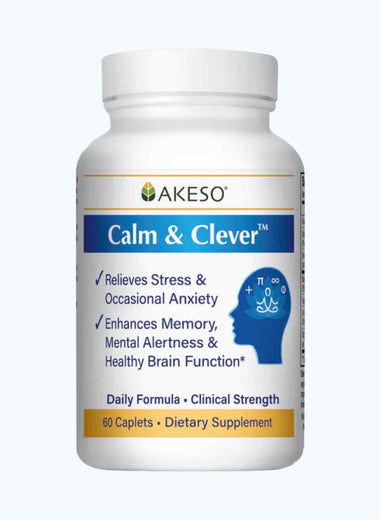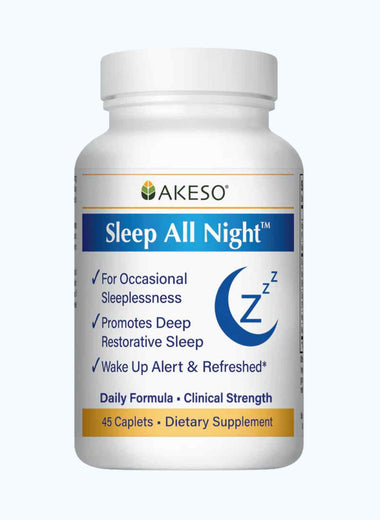In November 2017, the American Heart Association redefined high blood pressure. Originally high blood pressure was defined as 140/90 or higher and if people could not get below those numbers through lifestyle changes, blood pressure medication was recommended. The new definition of high blood pressure/hypertension has been lowered to 130/80 or above, thus by the stroke of a pen, the American Heart Association has declared that almost 50% of adults living in the United States are hypertensive. This means that millions of people, who are not taking drugs for hypertension, may very likely be told by their doctors to start taking blood pressure medications. The question is who are these new guidelines helping?
The drug companies will be laughing all the way to the bank with this new high blood pressure definition. This is similar to what the drug companies convinced the doctors to do by reducing cholesterol guidelines so more people would be prescribed cholesterol drugs. In my opinion, healthy people who don’t have any cardiovascular risk should totally stay away from these cholesterol drugs and should equally cautious about taking blood pressure medications, indicated by these new guidelines.
For sure the drug companies will benefit financially but what do these new tightened blood pressure goals mean to you the patient. The study led to the change in guidelines was called the Sprint study and it looked at over 9,000 people who had blood pressure of 130/80 or higher. Half of the 9,000 participants were given medication to lower their blood pressure to 120/80 or below. The other half were given medication but less intensively to lower their blood pressure to 140/90 or below. To determine the benefit of the more intensive treatment vs. the less intensive treatment, the outcomes of heart attack, or other acute coronary syndromes, stroke, heart failure or cardiovascular death were measured. The study concluded that, 6.8% of the people whose blood pressure was lowered to 140/90 with the less intensive treatment suffered one of these cardiovascular events and 5.2% of the people whose blood pressure was lowered to 120/80 with higher doses of drugs or a combination of drugs suffered one of these cardiovascular events.

This amounts to an absolute difference of 1.6% between the 2 test groups. What does this 1.6% difference mean in real life? In effect it says… If 62 new people are put on the more intensive medication to get to 120/80 or below as opposed to 140/90 or below, only 1 person out of 62 would be spared a cardiovascular event. The other 61 people would get absolutely no benefit. Even worse, while receiving no benefit, they would running the risk of side-effects and adverse events associated with these drugs such as dizziness, cough, erectile dysfunction, skin rash, loss of taste, skin rash, fatigue, depression, insomnia etc.
If you are at high risk for a cardiovascular event..
The bottom line… If you are at high risk for a cardiovascular event, or have already had one or have angina, or atrial fibrillation or have a high familial risk, follow your doctor’s guidelines after you try lifestyle changes to get your blood pressure to wherever he or she suggests it be. BUT if you are healthy and have not had a heart attack and do not have cardiovascular or familial risk factors and your blood pressure is above 120/80 but below 140/90, think twice about taking any blood pressure medications if your physician suggests them because of these new guidelines. Instead, try losing some weight, reducing sugar intake, adding some additional moderate exercise and perhaps take an extra 400 mg/day of magnesium and these changes will more than likely get you where you want to be with no drugs required.
To the Best of Health,
Curt Hendrix, M.S., C.C.N., C.N.S.






